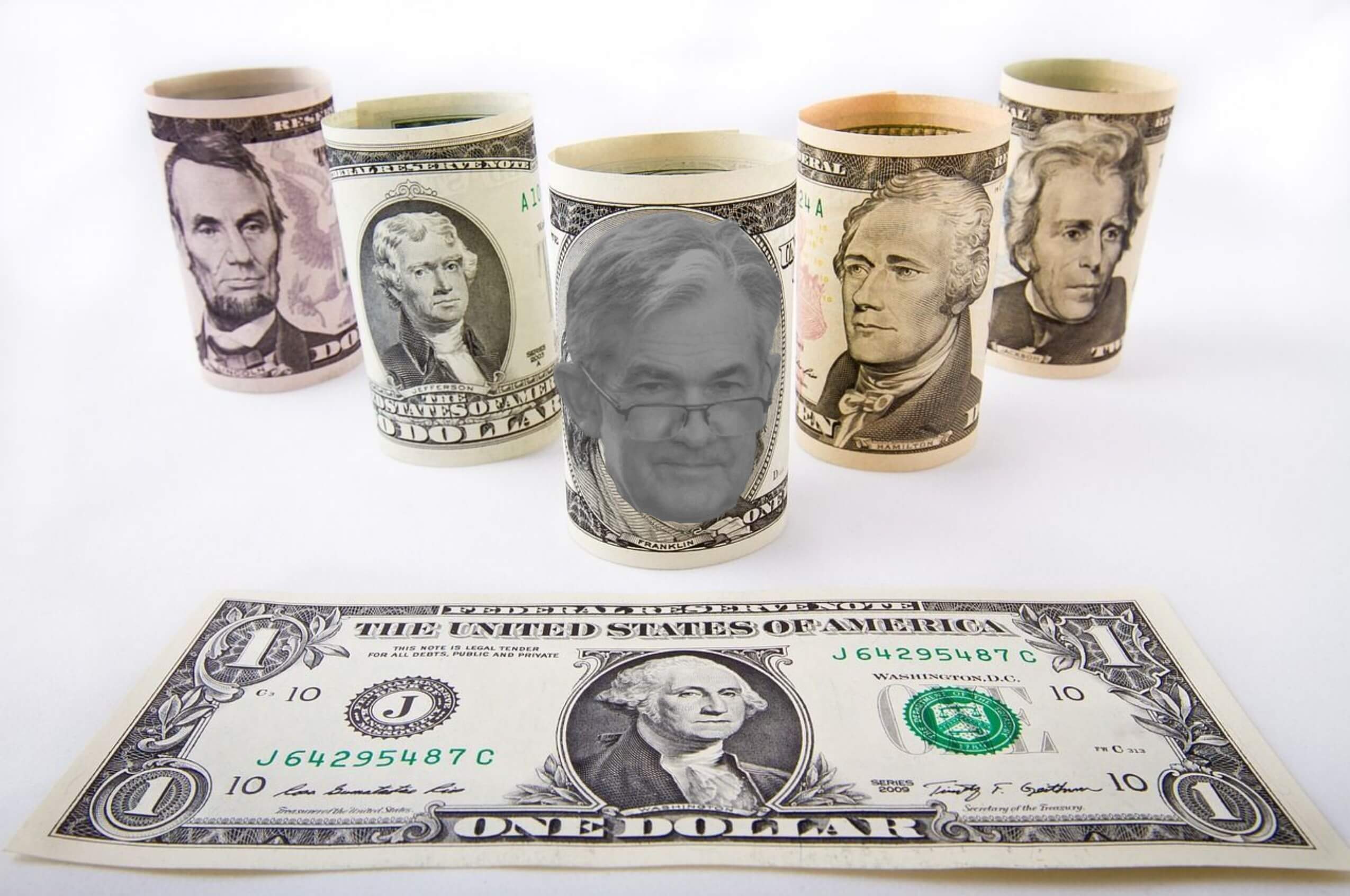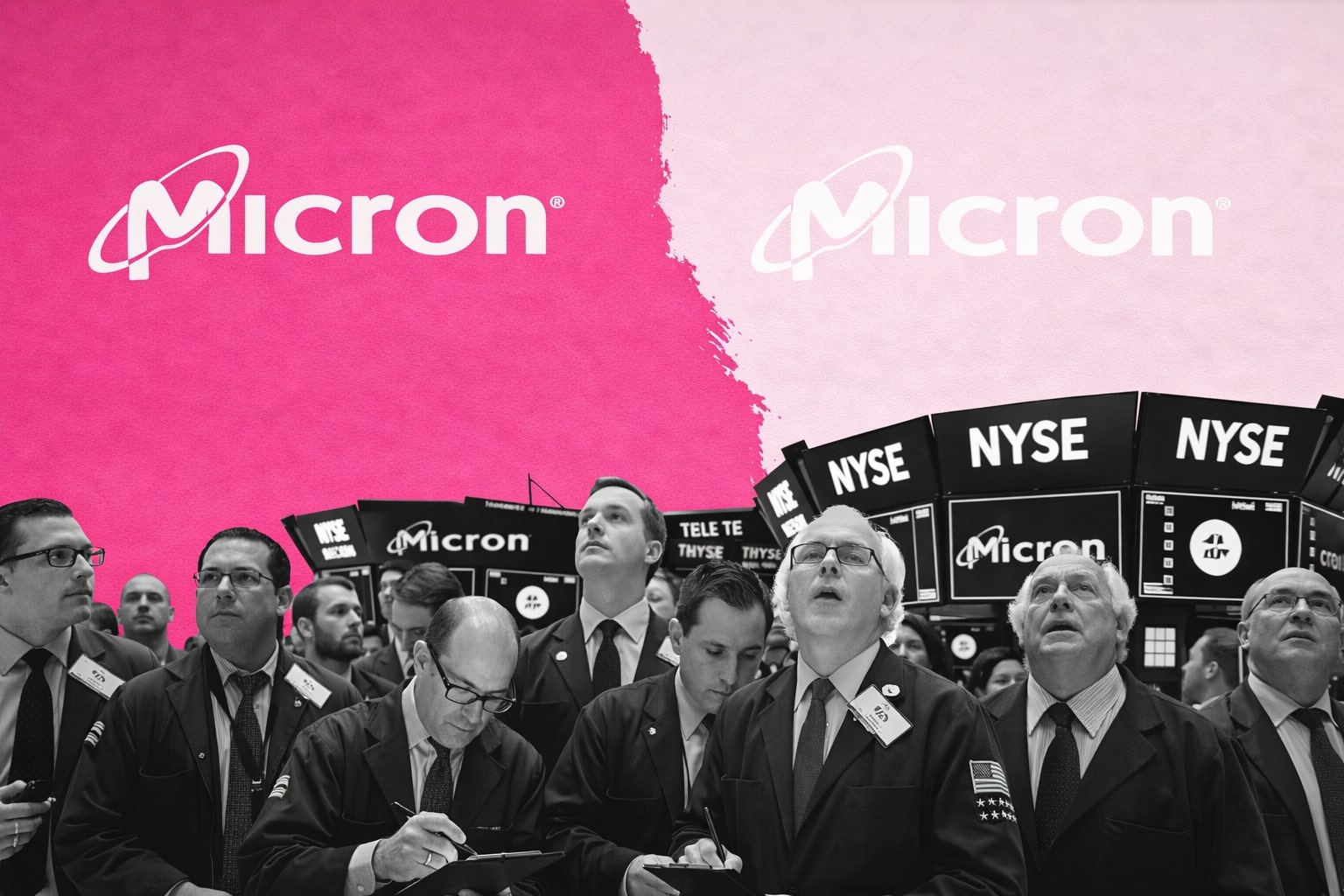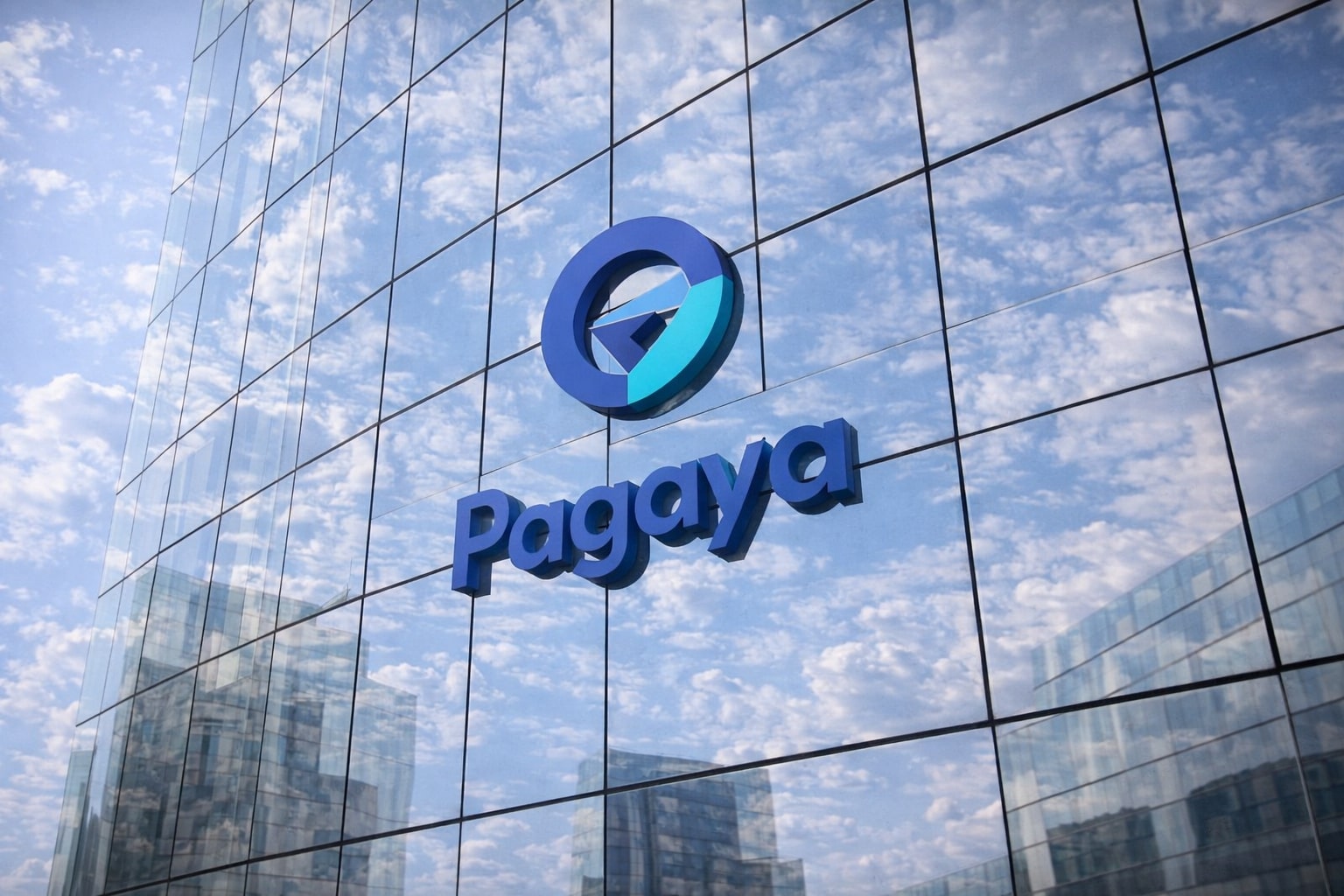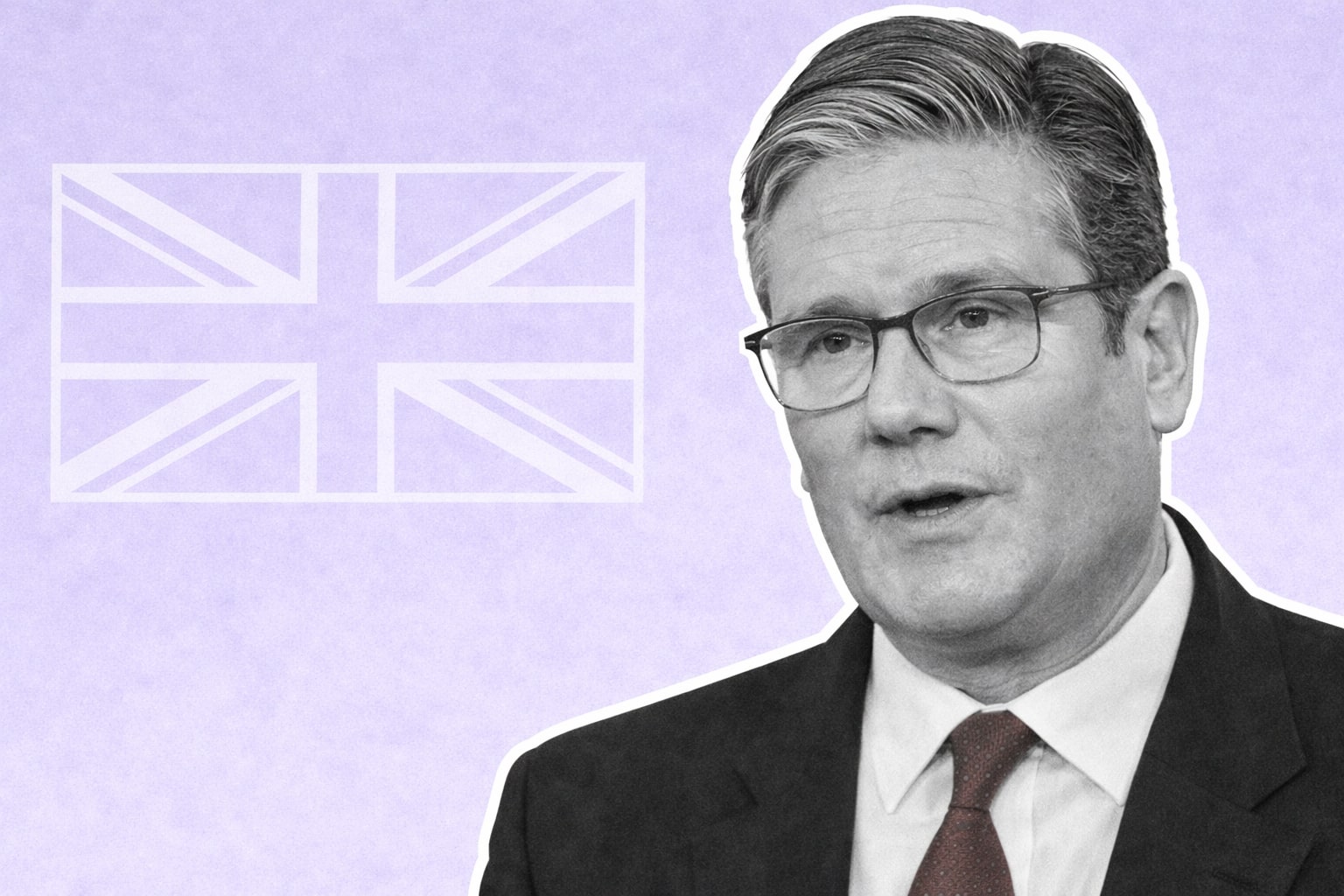
Fed Turns Up the Heat: Interest Rates Hit 22-Year High
Federal Reserve Increases Interest Rates - Exploring the Potential Economic Impact and Road Ahead | That's TradingNEWS
In an ongoing battle against rising inflation, the US Federal Reserve has significantly boosted interest rates to a 22-year high. This decision, marking an increase by a quarter-percentage point, brings the range to 5.25% to 5.5%. This shift is a resume in the Fed's rate-rising cycle that was put on hold last month.
Inflation in the US has been on a 12-month downward trajectory, currently registering at an annual rate of 3%, significantly lower than last year's over 9% in June. With a view to cool the economy and reduce prices, the Fed has ramped up the rates from near zero. The economy has displayed resilience in the face of these changes, maintaining robustness despite the 11 rate increases—the most aggressive rate-rising cycle in four decades.
The strength of the job market remains evident despite the slight slowdown in hiring; the unemployment rate continues to hover near a record low. Jerome Powell, Fed chair, has affirmed that the central bank is keeping a close eye on the economic data in preparation for the upcoming meeting in September. Powell also left open the possibility of another increase in September or maintaining the current level based on the data and careful assessments.
Despite the optimism surrounding the downward trend in inflation, some officials at the Fed harbor concerns that this dip might be temporary. This month, Fed governor Christopher Waller expressed cautious optimism regarding the last inflation report but emphasized the need to make policy decisions based on more than one data point. He also warned of a potential "Wile E Coyote" moment, suggesting that the full effect of the rate rises might not have fully manifested and could potentially plunge the economy off a cliff.
These decisions come in the context of the memory of the 2008 crisis, where the Fed's policy contributed to the economic downturn. Before the crisis, the Fed had increased the interest rate at 17 consecutive meetings between 2004 and 2006. However, the rate was maintained at 5.25% for nine more meetings until September 2007. The late decision to cut the interest rate did little to avert the impending crisis.
The increased rates have led to a surge in mortgage rates and car loan prices, with the average long-term US mortgage rate climbing to just under 7%, the highest since November. Accessibility to credit has been hampered for Americans, with the New York Fed reporting a credit application rejection rate of 21.8% in June, the highest since June 2018. The auto loan rejection rate has also spiked to a record 14.2% from 9.1% in February.
In its fight against inflation that started in March 2022, this is the 11th rate increase by the Fed. The central bank officials anticipate another rate hike this year based on their latest projections. Despite inflation's steady deceleration being a positive for American consumers and businesses, officials have stressed that inflation remains at an elevated level, indicating that another rate increase may be on the horizon.
Fed Chair Powell emphasized that the possibility of another rate hike, contingent on the economy's strength and its potential to exert upward pressure on prices. He also noted that core inflation remains high.
The Fed's main gauge for inflation, the Personal Consumption Expenditures price index, rose by 3.8% in May compared to the same period last year, down from the previous month's 4.3%. The core measure fell slightly to 4.6% from 4.7% over the same timeframe. The timing of the potential final rate hike remains uncertain. Fed officials would want to consider all options in case inflation proves to be more tenacious than predicted.
The Fed remains particularly vigilant about the state of the job market. There are indications of better balance, with job openings decreasing from their peak last year and the quit rate dropping to near pre-pandemic levels. The participation rate for prime-age workers (those between ages 25 and 54) is at its highest since 2002.
Despite cooling inflation without a sharp rise in the unemployment rate, further slowing of the economy may be necessary due to the persistent impact of the tight labor market on consumer prices. This scenario could lead to an economic downturn. The Fed aims for a "broad cooling" of the labor market, including pre-pandemic levels of wage growth slowing.
Higher labor costs pose a significant concern for labor-intensive businesses like restaurants and hospitals, which could, in turn, push up prices. The Fed's strategy to counter this is to ease demand through rate hikes. The effects of these hikes might take a year or more to permeate the broader economy, and over a year has already passed since the Fed commenced lifting rates.
Read More
-
Pagaya Stock Price Forecast - PGY at $23.20: Is PGY Stock the Cheapest AI Fintech of 2026?
19.12.2025 · TradingNEWS ArchiveStocks
-
XRP Price Forecast: XRP-USD Stuck at $1.87 With $3 2026 Target and $10–$25 Long-Term Range
19.12.2025 · TradingNEWS ArchiveCrypto
-
Oil Price Forecast: WTI Near $56 and Brent at $60 Signal Risk Toward $50
19.12.2025 · TradingNEWS ArchiveCommodities
-
Stock Market Today: AI Chip Rally Lifts Nasdaq as $7.1T Quad Witching Hits
19.12.2025 · TradingNEWS ArchiveMarkets
-
GBP/USD Price Forecast - Pound at 1.34 As BoE Cut And Soft Dollar Keep Bullish Path Toward 1.35
19.12.2025 · TradingNEWS ArchiveForex



















